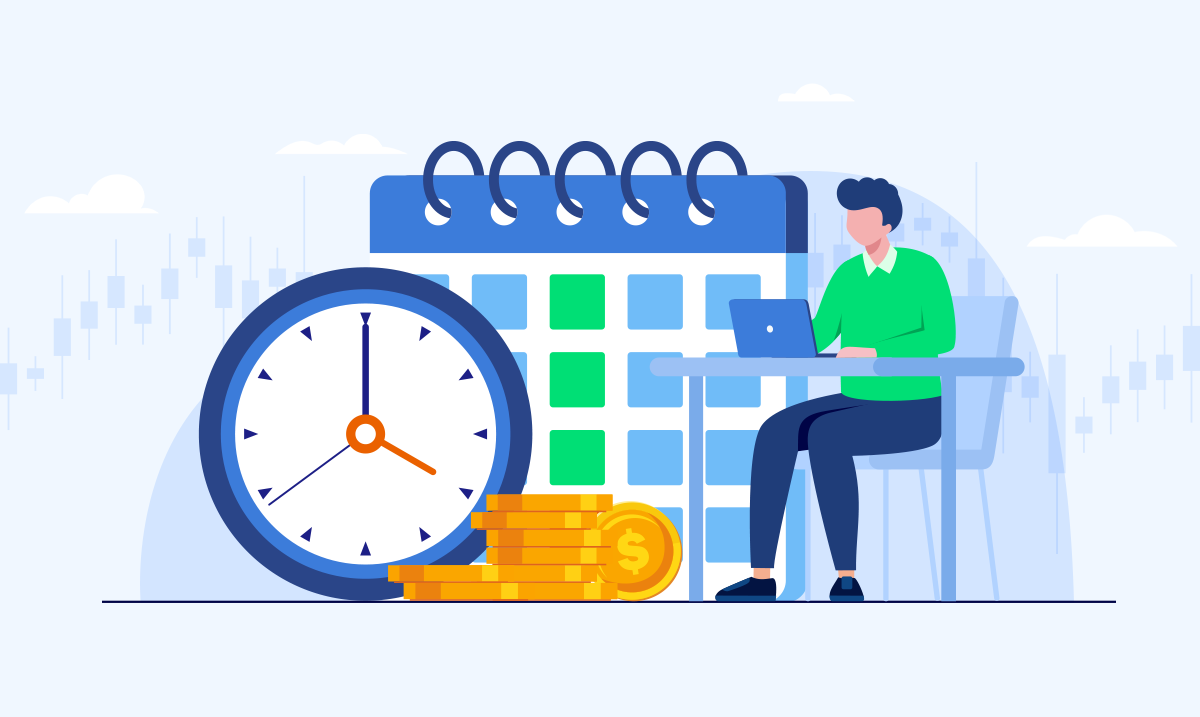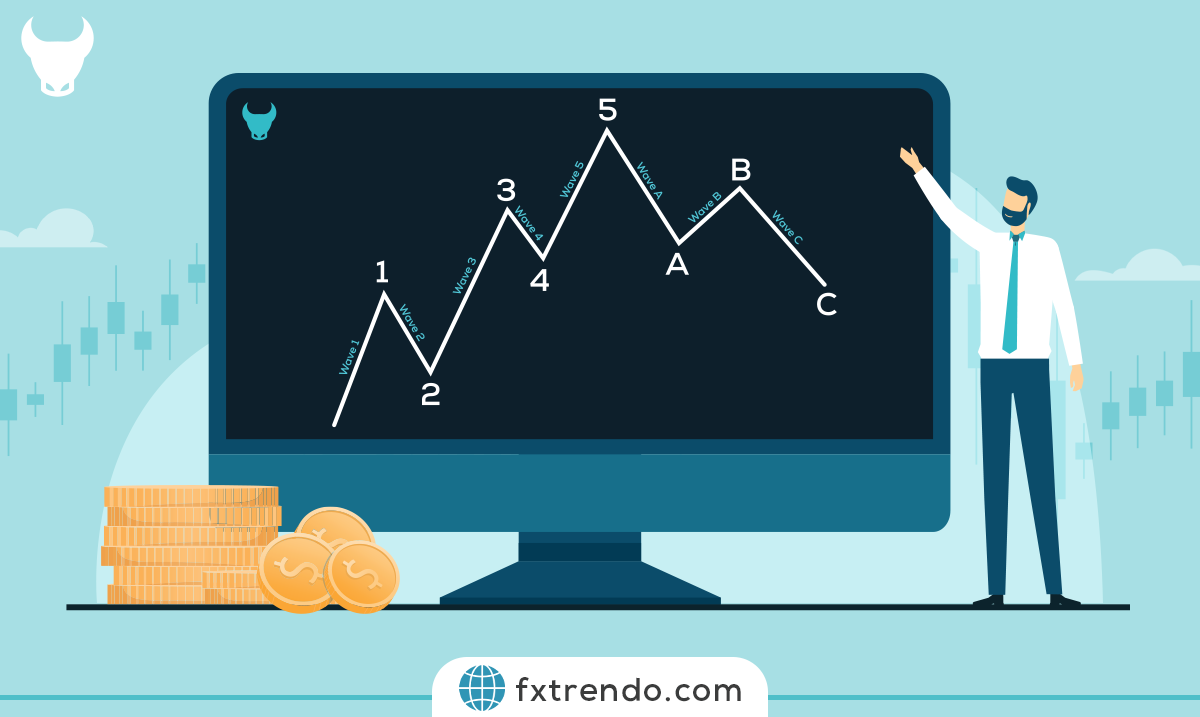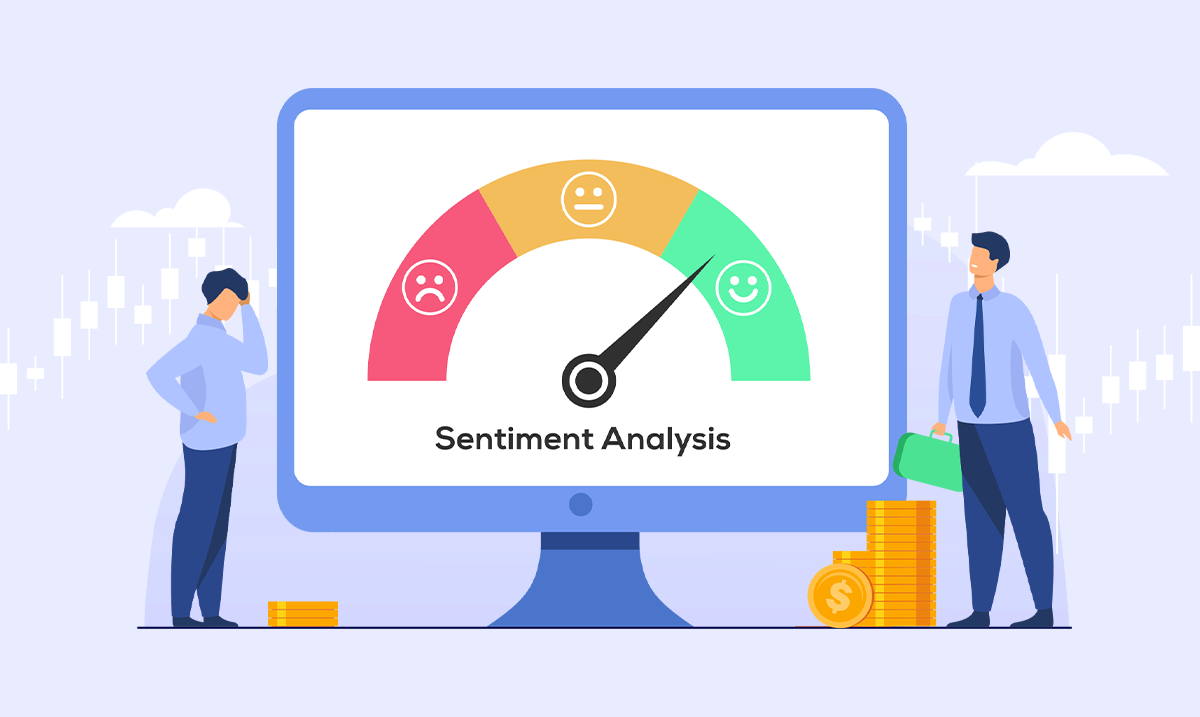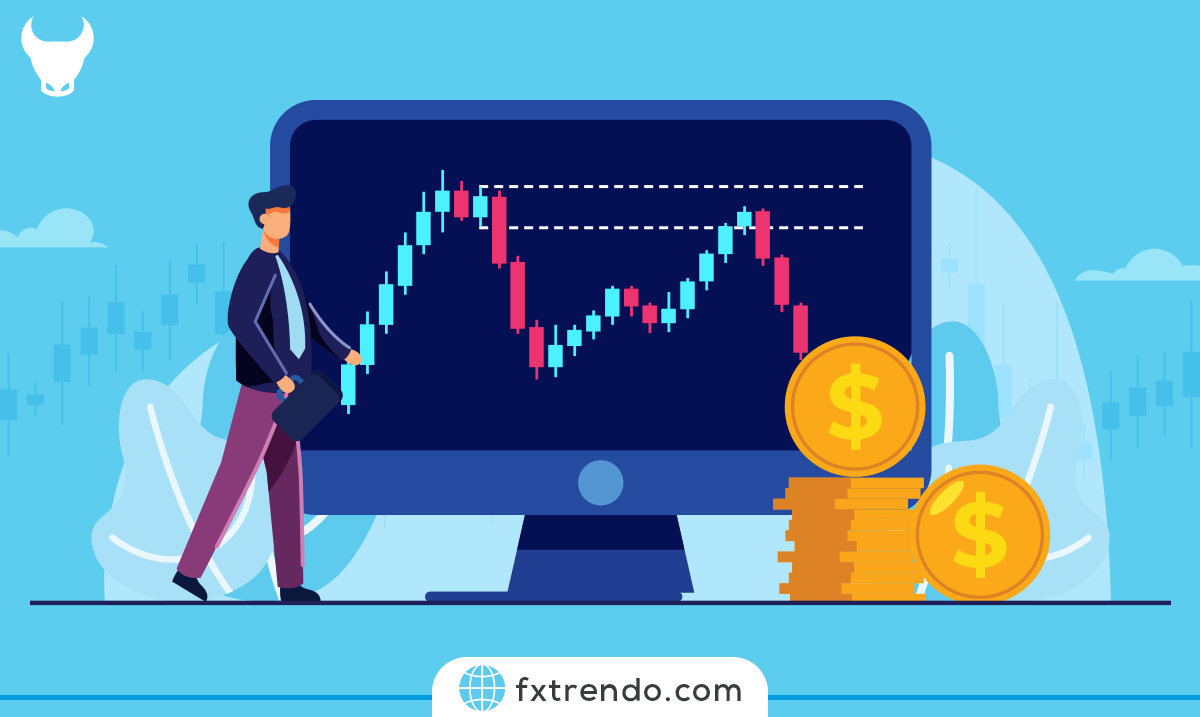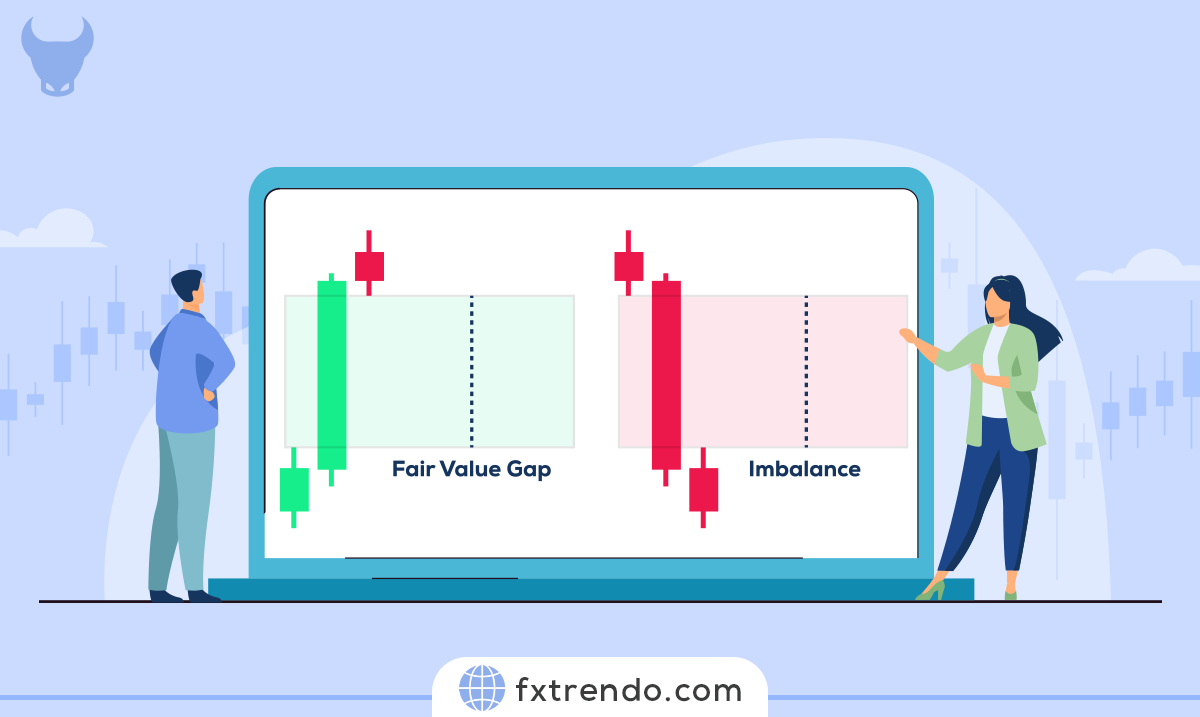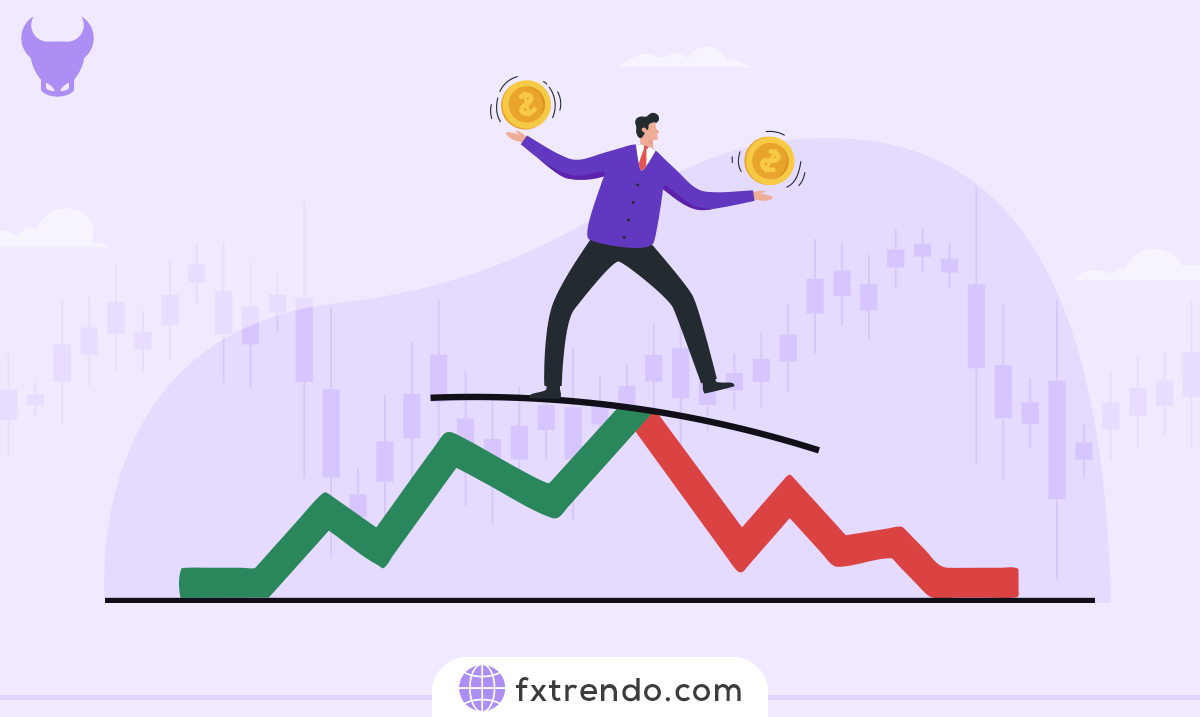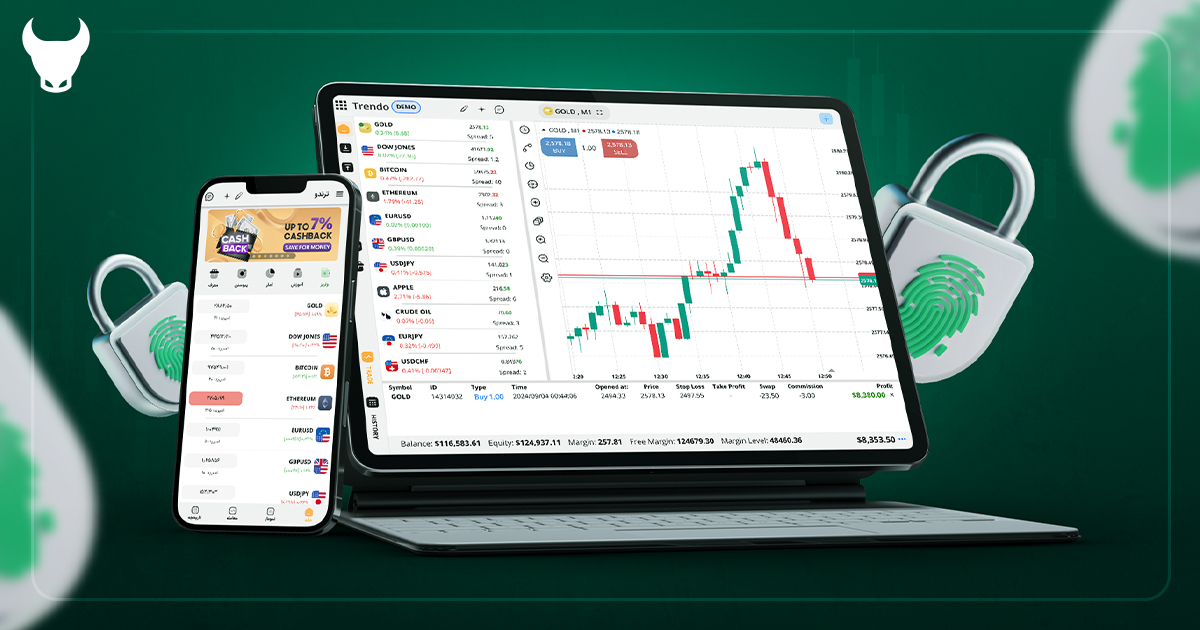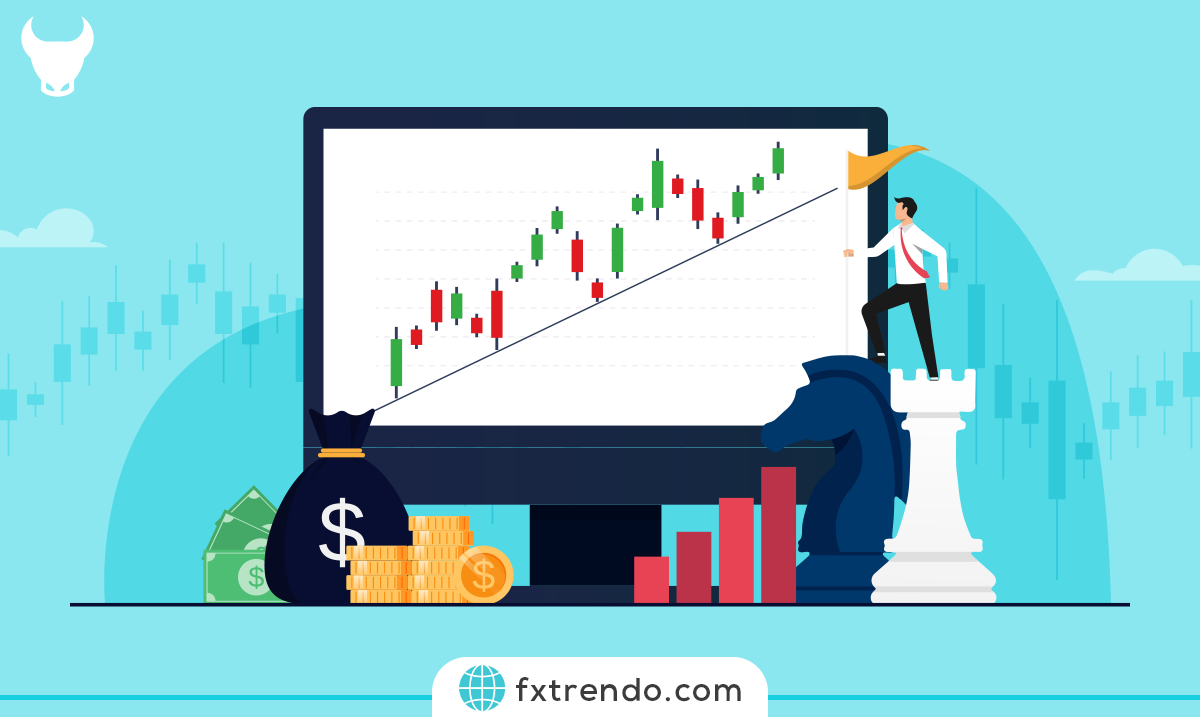What are the best time frames for trading in forex? Everything about Best Time Frame to Trade Forex
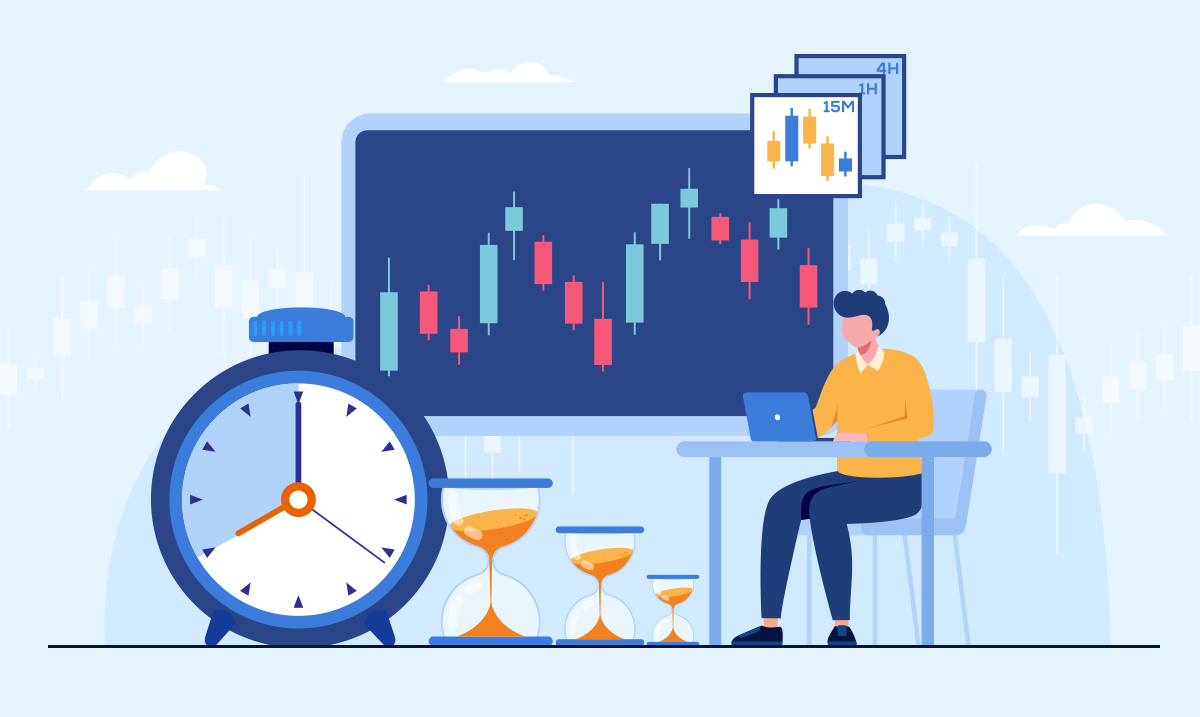

In Forex trading, a time frame refers to the period over which we observe and analyze price movements. It’s like choosing the right lens to view a landscape; too wide, and you may miss the details, too narrow, and you might overlook the panorama. From the rapid snapshots of minute charts to the grand narratives told by daily and weekly charts, each time frame tells a different story.
Whether you’re a day trader, swing trader, or position trader, this article will help you navigate the complexities of Forex time frames. We’ll explore the factors that influence these time frames and provide insights to help you make informed trading decisions. Let’s dive in!
Contents
What are Time Frames in Forex Trading?
Time frames in Forex trading are like the scales of time, segmenting the market’s continuous flow into digestible snapshots. These snapshots range from mere minutes to entire months, each providing a unique perspective on currency movements.
Short-term time frames capture the market’s immediate pulse, allowing traders to ride the waves of rapid price changes. Medium-term time frames offer a wider lens, revealing patterns and trends that develop over days or weeks. Long-term time frames stretch even further, charting the course of currencies over months or years, ideal for those with a broader investment horizon.
Different Types of Time Frames
In Forex trading, time frames are categorized into three main types: short-term, medium-term, and long-term. Each type caters to different trading styles and strategies.
Short-term time frames: are typically used by traders who prefer quick trades and fast results. These can range from a few minutes to several hours. Traders using these time frames are often referred to as scalpers or day traders, as they aim to capitalize on small price movements within a single trading day.
Medium-term time frames: span from several hours to a few days. This type is favored by swing traders who hold positions for several days, aiming to benefit from larger market movements than those targeted by short-term traders. It strikes a balance between the rapid action of short-term trading and the patience required for long-term strategies.
Long-term time frames: extend from days to weeks or even months. Position traders and investors typically use these time frames, focusing on the bigger picture and major trends in the market. This approach requires patience and a deeper analysis of market fundamentals, but it can lead to significant gains over time.
Each time frame offers a unique perspective on the market’s movements, and traders choose based on their individual goals, risk tolerance, and the amount of time they can dedicate to monitoring the markets.
Short-Term Time Frames
Short-term time frames in Forex trading are like the quick brushstrokes of a painter, capturing the market’s immediate action. These time frames range from 1-minute to 15-minute charts, each offering a snapshot of currency price movements in real-time. Traders who operate on these time scales are often looking for quick entry and exit points, hoping to profit from the rapid changes that occur within minutes or hours.
Advantages of Short-Term Trading
Quick Profits: The primary allure of short-term trading is the potential for rapid gains. Traders can enter and exit the market multiple times a day, capitalizing on small price movements.
High Volume of Trades: With the market’s constant ebb and flow, short-term traders have numerous opportunities to trade, increasing their chances of catching profitable trends.
Flexibility: Short-term trading allows traders to adapt quickly to market changes, making it easier to manage risks in volatile conditions.
Disadvantages of Short-Term Trading
Higher Transaction Costs: Frequent trading means more spreads and commissions, which can eat into profits.
Market Noise: Short-term charts are often cluttered with market noise, making it challenging to distinguish meaningful trends from random fluctuations.
Emotional Stress: The fast pace of short-term trading can be mentally taxing, requiring constant vigilance and quick decision-making, which can lead to stress and emotional trading decisions.
Best Strategies for Short-Term Trading
Short-term trading in Forex is all about capitalizing on quick market movements. Two of the most popular strategies for short-term trading are scalping and day trading.
Scalping is the strategy of making dozens or even hundreds of trades in a single day, aiming for small profits from each trade. Scalpers work with very short time frames, such as 1-minute or 5-minute charts, and they often enter and exit trades within minutes or even seconds. The goal is to accumulate many small wins that add up to a substantial profit by the end of the day. Scalping requires intense focus and quick decision-making, as the market can move rapidly and unexpectedly.
Day trading is a bit less frenetic than scalping but still requires attention throughout the trading day. Day traders typically make one or a few trades per day, with the aim of profiting from larger price movements than scalpers. They might use 30-minute, 1-hour, or 4-hour charts to identify trends and enter trades that they will close by the end of the day. This strategy is about picking a direction for the day, executing trades based on that bias, and closing out positions before the day ends to avoid overnight market exposure.
Medium-Term Time Frames
Medium-term time frames in Forex trading are the strategic middle ground, offering a balanced view between the rapid fluctuations of short-term and the extended commitment of long-term trading. These time frames typically include the 1-hour, 4-hour, and daily charts. They provide traders with the ability to capture significant market movements without the need to constantly monitor the markets.
Advantages of Medium-Term Trading
Reduced Market Noise: By focusing on medium-term time frames, traders can filter out the insignificant price movements that often characterize shorter time frames.
Lower Transaction Costs: Since trades are less frequent compared to short-term trading, the cumulative costs from spreads or commissions are reduced.
Flexibility: This approach allows traders to have a more flexible schedule, as it doesn’t require constant market surveillance.
Better Risk Management: Medium-term trading gives more time to analyze and respond to market changes, leading to potentially better risk management decisions.
Advantages of Medium-Term Trading
Reduced Market Noise: By focusing on medium-term time frames, traders can filter out the insignificant price movements that often characterize shorter time frames.
Lower Transaction Costs: Since trades are less frequent compared to short-term trading, the cumulative costs from spreads or commissions are reduced.
Flexibility: This approach allows traders to have a more flexible schedule, as it doesn’t require constant market surveillance.
Better Risk Management: Medium-term trading gives more time to analyze and respond to market changes, leading to potentially better risk management decisions.
Disadvantages of Medium-Term Trading
Fewer Trading Opportunities: Since positions are held for longer periods, there are naturally fewer opportunities for trades compared to short-term trading.
Requires Patience: Traders must be willing to wait for their trading setups to unfold, which can test one’s patience.
Capital Tied Up: As trades are held for days or weeks, capital is tied up for longer, which could limit other trading opportunities.
Best Strategies for Medium-Term Trading
Swing Trading: This strategy involves holding positions for several days to capture price swings within a prevailing trend.
Position Trading: A more patient approach where trades are held for weeks or months to benefit from long-term market trends.
Long-Term Time Frames
Long-term time frames in Forex trading are the broad strokes that paint the big picture of market trends. These are the weekly and monthly charts that stretch over extended periods, allowing traders to step back and observe the overarching movements that dictate the market’s direction.
Advantages of Long-Term Trading
Lower Transaction Costs: With fewer trades over time, long-term traders save on costs such as spreads and commissions, which can accumulate quickly with more frequent trading.
Reduced Emotional Stress: The long-term approach offers a more relaxed trading experience, as traders are not subjected to the daily ups and downs of the market.
Disadvantages of Long-Term Trading
Slower Returns: Profits may take longer to materialize, requiring traders to be patient and maintain a long-term perspective.
Requires Patience and Discipline: Long-term trading demands a disciplined approach and the ability to resist the temptation to react to short-term market fluctuations.
Best Strategies for Long-Term Trading
Trend Following: This strategy involves identifying and following established market trends, aiming to profit from the momentum over time.
Investing: Taking a position in a currency pair with the expectation of a long-term appreciation in value, akin to investing in assets for their potential growth.
By embracing long-term time frames, traders can harness the power of patience and strategic foresight to capture significant market movements that unfold over weeks, months, or even years.
What are the Best Forex Time Frames for Various Trading Styles?
The Forex market’s continuous operation offers diverse opportunities for traders with different styles. Each trading style has a preferred time frame that aligns with its strategies and goals. Let’s explore the best time frames for various trading styles.
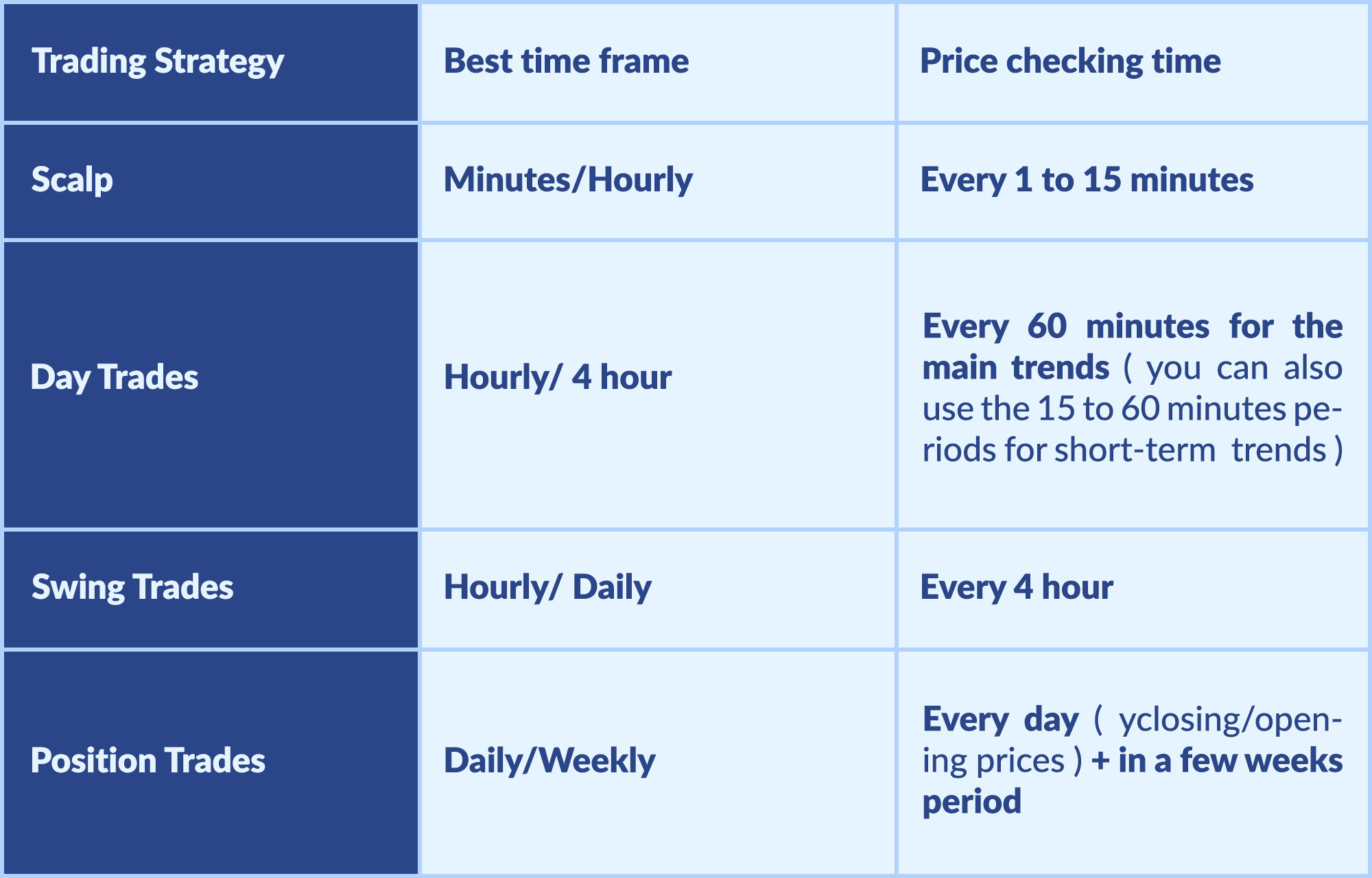

Scalping
Scalping is the art of making numerous trades over a short period, aiming for small profits on each. Advantages include the potential for quick profits and the ability to capitalize on small market movements. The best time frames for scalpers are typically the 1-minute, 5-minute, and 15-minute charts. These allow scalpers to observe immediate price actions and make rapid decisions.
Day Trading
Day trading involves opening and closing positions within the same trading day. The optimal time frames for day traders are usually the 5-minute, 15-minute, and 30-minute charts. These time frames provide a good balance between seeing immediate price action and understanding short-term trends without being overwhelmed by market noise.
Swing Trading
Swing traders hold positions for several days or weeks, aiming to profit from price “swings.” The right time frames for swing traders are often the daily and weekly charts. These charts help identify and follow medium-term trends while filtering out less significant short-term price fluctuations.
Position Trading
Position trading is for those with a long-term view, holding trades for weeks, months, or even years. Long-term time frames such as weekly and monthly charts are best for position traders. They provide a broad view of the market’s long-term trends, allowing traders to ride out short-term volatility while focusing on the bigger picture.
By choosing the appropriate time frame for their trading style, Forex traders can enhance their chances of success in the dynamic world of currency trading.


The Role of Market Sessions in Time Frame Selection
The Forex market is a global stage, with different acts playing out across various time zones. Understanding the major Forex market sessions is crucial for traders looking to optimize their time frame selection for maximum efficiency.
Overview of the Major Forex Market Sessions
The Forex market operates 24/5 and is divided into four major sessions, each named after the principal financial center active during that period:
Asian Session (Tokyo): Characterized by the first stirrings of the market, it sets the tone for the trading day.
European Session (London): Known for its high liquidity, it’s when the market really comes to life, often setting the trend for the day.
North American Session (New York): This session sees significant overlap with London, leading to heightened volatility and trading volume.
Sydney Session: It wraps up the day, often consolidating the trends set by the other sessions.
Matching Time Frames with Market Sessions for Maximum Efficiency
To harness the full potential of these sessions, traders match their time frames with the market’s rhythm:
Scalpers: might find the overlap between the London and New York sessions perfect for 1-minute to 15-minute charts, where volatility and liquidity are at their peak.
Day traders: may prefer the stability of the European session, utilizing 30-minute to 1-hour charts to capture the larger moves.
Swing traders: often align with the daily charts, taking advantage of the trends established during the London session that may continue into New York.
Position traders: use weekly or monthly charts, less concerned with session-specific movements and more with overarching trends.
By aligning their chosen time frames with these market sessions, traders can position themselves to take advantage of periods of heightened activity and liquidity, making their trading strategies more effective.
How to Perform Multiple Timeframe Analysis
Multiple timeframe analysis is a powerful technique in Forex trading that involves examining the same currency pair across different time frames. This method allows traders to gain a comprehensive view of the market, from overarching trends to granular movements.
Impact of Different Time Frames on Technical Analysis
Different time frames can significantly impact technical analysis. Short-term charts, such as 1-minute to 15-minute, are excellent for identifying immediate price actions but can be susceptible to market noise. Medium-term charts, like 1-hour or 4-hour, provide a clearer view of current trends and are less affected by insignificant price changes. Long-term charts, including daily, weekly, or monthly, offer a broad perspective on the market’s direction and are less volatile.
Multi-Time Frame Analysis for Informed Decision-Making
To perform multi-time frame analysis effectively, traders typically start with a higher time frame to establish the overall trend. Then, they drill down to medium and lower time frames to fine-tune their entry and exit points, ensuring that all trades align with the larger trend. This approach helps in identifying the best potential trade setups and enhances the accuracy of technical analysis.
By integrating multiple time frames into their analysis, traders can make more informed decisions, spot better trading opportunities, and improve their overall trading performance. It’s a strategic way to validate signals across different market perspectives, leading to a more robust and resilient trading approach.
How to Align Time Frames with Trading Strategies
Aligning time frames with trading strategies is a critical skill for Forex traders. It ensures that the strategy and market analysis are in sync, leading to more effective trading decisions.
Top-Down Analysis: Using Multiple Time Frames
Top-down analysis is a methodical approach where traders start with a broader view and progressively narrow down to finer details. For example, a trader might begin with the daily chart to understand the long-term trend and then use the hourly chart to pinpoint precise entry points. This combination allows traders to confirm that their short-term trades are in line with the overall market direction.
Identifying Trends and Entry Points
Identifying trends is easier when looking at longer time frames, as they smooth out the ‘noise’ of the market and show clearer direction. Once a trend is identified on a daily chart, traders can switch to an hourly chart to find the best entry points. These points are typically where price action indicates a continuation or reversal of the trend.
Risk Management Techniques for Different Time Frames
Risk management must be tailored to the time frame being traded. For short-term trading, this might mean tighter stop-loss orders due to the quick pace of trade. In medium-term trading, stop-loss orders might be placed at a moderate distance to allow for some market movement. For long-term trading, wider stop-losses are often used to let the trade ‘breathe’ and ride out any volatility.
Tips for Choosing the Best Time Frame for Your Trading Strategy
Selecting the best time frame for your Forex trading strategy is a decision that can significantly influence your trading success. Here are some factors to consider when choosing the time frame that best suits your trading approach:
Trading Style: Your trading style is the most critical factor. Scalpers and day traders may prefer shorter time frames like 1-minute to 15-minute charts, while swing traders may opt for 1-hour to 4-hour charts. Position traders often look at daily to monthly charts.
Market Volatility: During periods of high volatility, shorter time frames may offer more opportunities, but they also come with greater risk. Conversely, longer time frames can provide stability and clearer trends during volatile markets.
Time Availability: How much time can you dedicate to trading? If you can’t sit in front of the screen all day, longer time frames might be more appropriate.
Risk Tolerance: Shorter time frames generally require a higher risk tolerance due to the increased number of trades and associated costs. Ensure the time frame aligns with your risk management strategy.
Experience Level: Beginners may find longer time frames easier to manage as they provide more time to analyze and make decisions. More experienced traders might handle the fast pace of shorter time frames better.
Goals: Are you looking for quick profits or long-term growth? Your financial goals should guide the time frame selection to align with your desired outcomes.
By considering these factors, you can choose a time frame that not only complements your trading strategy but also fits your lifestyle and goals, paving the way for a more tailored and effective approach to Forex trading.
Common Mistakes to Avoid with Time Frame Selection
Selecting the appropriate time frame is a pivotal aspect of Forex trading, yet it’s an area where many traders stumble. Here are some frequent pitfalls in time frame selection and how to avoid them for better trading outcomes.
Highlighting Frequent Pitfalls in Time Frame Selection
Mismatching Time Frames and Trading Styles: One common mistake is using a time frame that doesn’t align with your trading style. For instance, a position trader using a 1-minute chart may miss the forest for the trees, while a scalper looking at a daily chart may miss quick profit opportunities.
Overcomplicating Strategies: Another pitfall is overloading charts with too many indicators or oscillators, which can lead to analysis paralysis. Simplicity often trumps complexity in trading.
Ignoring Market Sessions: Failing to consider the market session can result in trading during times of low liquidity or high volatility, which may not be suitable for your strategy.
Chasing the Market: Jumping between different time frames after losses, trying to ‘catch’ the market, can lead to inconsistency and further losses.
How to Avoid These Mistakes for Better Trading Outcomes
Align Time Frames with Your Goals: Ensure your chosen time frame reflects your trading style and objectives. Consistency is key to developing a reliable trading strategy.
Keep It Simple: Use a few well-chosen indicators to support your trading decisions without cluttering your analysis.
Be Session Aware: Trade during the market sessions that best suit your strategy and the time frames you’re working with.
Stay Disciplined: Stick to your strategy and time frame, even after a loss. Consistency will help you learn from your mistakes and improve over time.
By being mindful of these common mistakes and adopting a disciplined, strategic approach to time frame selection, you can enhance your trading performance and achieve better results in the Forex market.
Conclusion
In conclusion, the best time frame for trading in Forex is not a one-size-fits-all answer. It depends on various factors including your trading strategy, risk tolerance, and the amount of time you can dedicate to trading.
Day traders might find the 1-minute to 1-hour charts most useful because they’re making quick, short-term trades. Swing traders often rely on 4-hour to daily charts, while position traders might use daily to weekly charts due to their long-term trading style.
The most liquid and volatile time to trade is during overlapping market hours, when multiple global exchanges are open. This is typically between 2 pm - 4 pm GMT when both the London and New York markets are open, offering high liquidity and volatility.
However, it’s crucial to understand that success in Forex trading involves more than just choosing the right time frame. It requires a comprehensive understanding of the Forex market, a solid trading plan, and disciplined execution of that plan.
Remember to always use risk management strategies, such as stop-loss orders, to protect your capital. And never invest more than you can afford to lose. Forex trading can be highly profitable, but it’s not without risks.
FAQs
Which time frame is best for forex?
What are the time frames for trading?
What is the time period of forex?
What forex timeframe should I trade?
What are the Best forex trading time frames for scalpers?
What is the best time frame for day trading?
Best forex timeframes for swing traders?
Best forex time frames for position traders?
What are the three-time frames for trading?
پست مرتبط
پربازدیدترین ها
0










